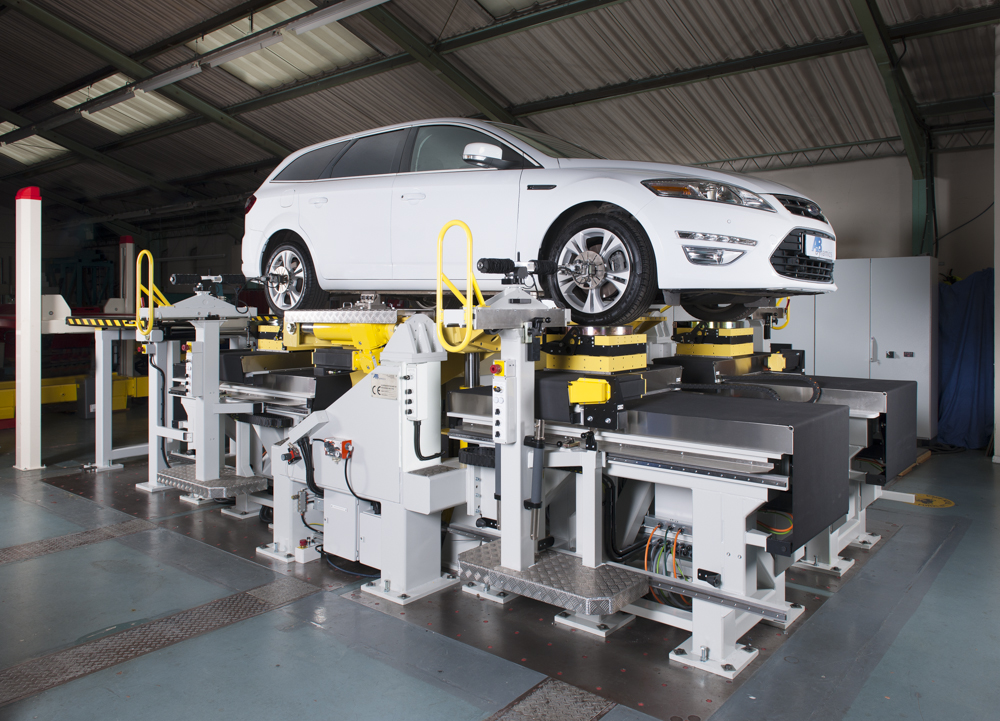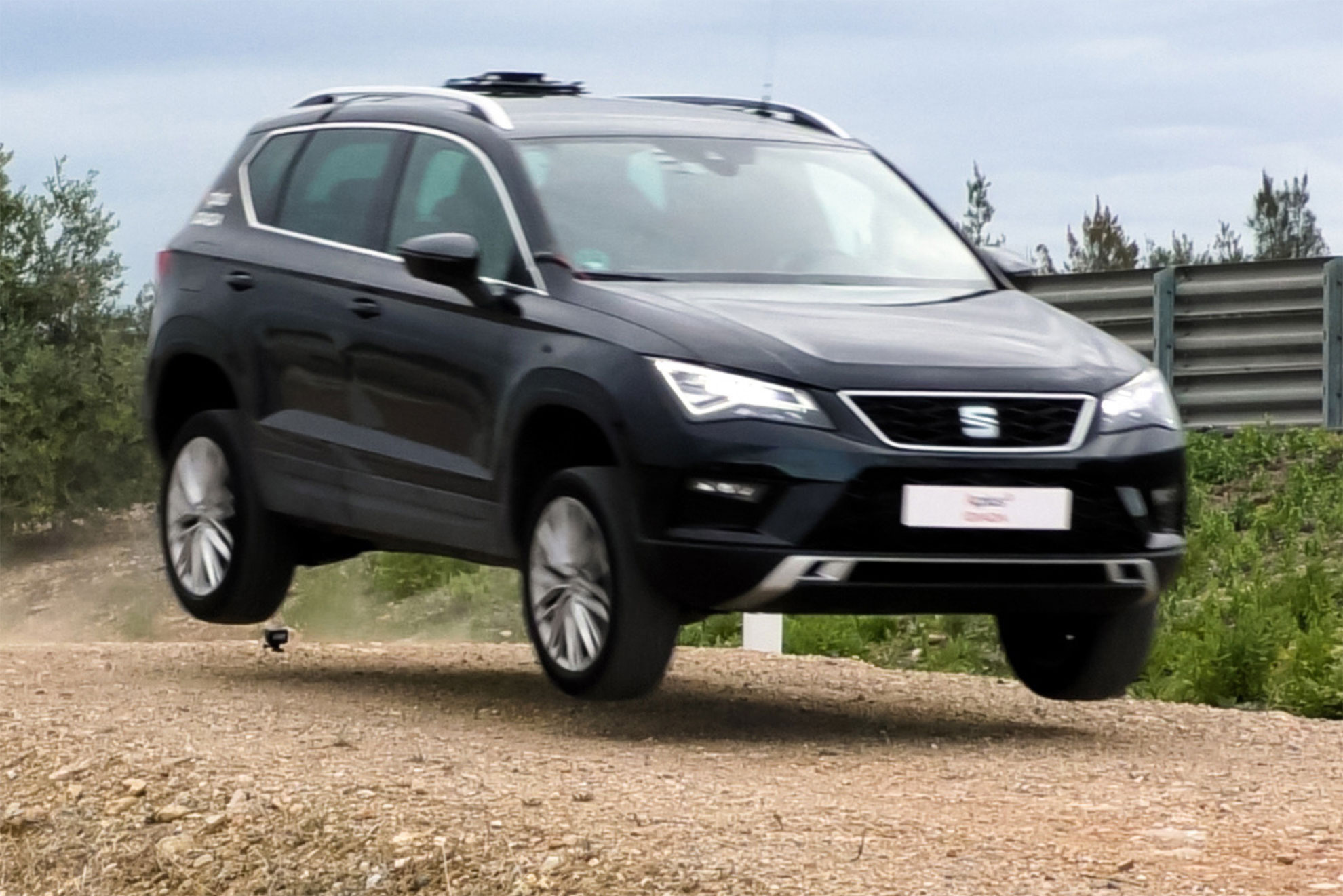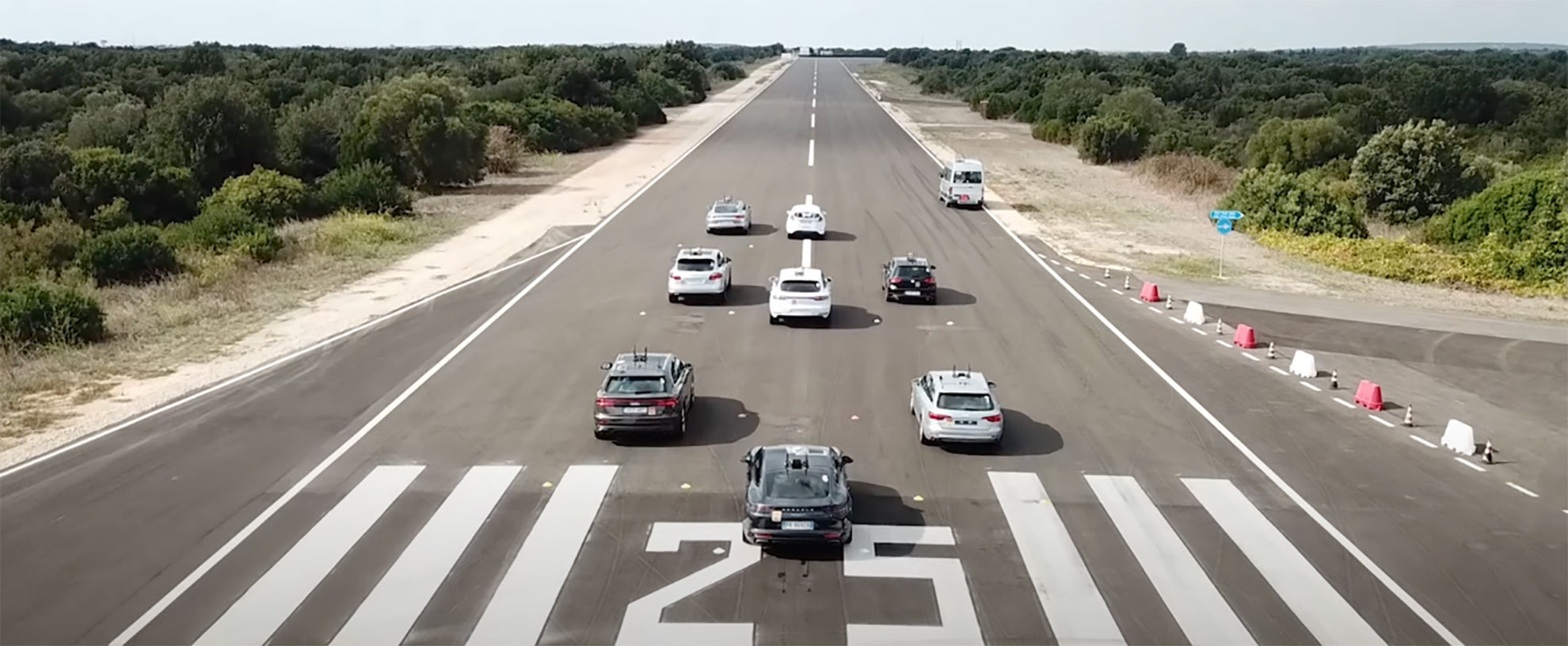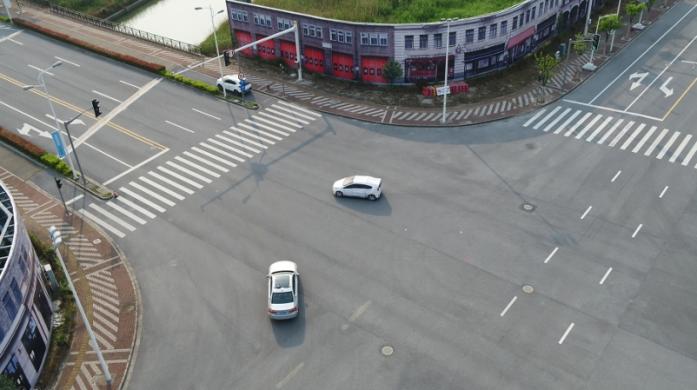How we helped NASCAR conduct a driverless crash test with our robots
When NASCAR developed its Next Gen race car for the 2022 series, it required real-world data to correlate with its crash test simulations to demonstrate the safety of the vehicle. Due to the high-speed nature of the motorsport series, where race cars reach more than 200 mph, it wasn’t feasible to use traditional crash test facilities or put a test driver at risk. NASCAR chose to partner with us to carry out a high-speed, driverless, on-track crash test of their Next Gen vehicle - a test that had never been attempted in mainstream motorsport before. The driverless crash test aimed to evaluate the safety of the vehicle, assess the impact on a crash test dummy and correlate simulated results with real-world data.
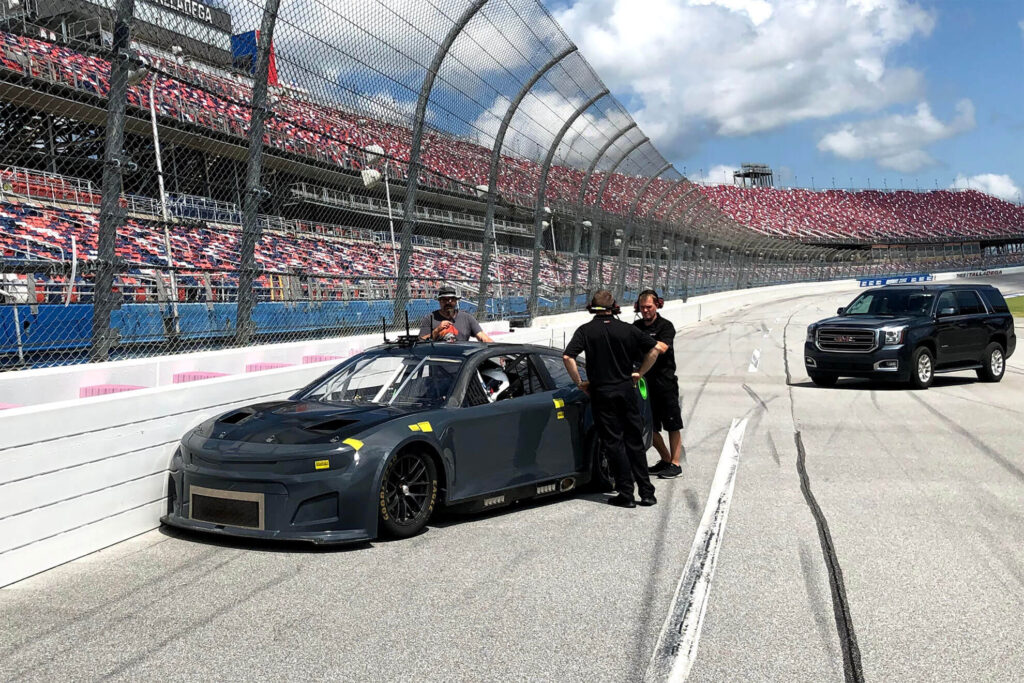
The solution: how to test a race car at real race speeds without a driver
The challenge facing the team was getting a fully running race car to do an extremely precise test at real race speeds without a human driver at the wheel. To do this, we deployed our driverless testing solution to control the vehicle’s speed and direction. The car was fitted with:
- Our SR 60 driving robot for steering
- The CBAR 600 for pedals
- The Gearchange Robot
These off-the-shelf products required minimal modification to fit in the vehicle and are designed for use with or without a human driver in the vehicle so did not interfere with the crash test dummy and associated sensors.
The inputs to the robots were controlled by our path following software, which used pre-recorded driving information and geometric GPS data to accurately navigate a predetermined route and ensure that the vehicle impacted a crash barrier at a very specific speed, location and angle. The race car was fitted with sensors to record data that NASCAR was able to use for crash simulation validation.
The results: a successful and accurate driverless crash test
The robots drove the race car on a pre-programmed course into the banking wall at Talladega Superspeedway in Alabama. The test requirement was for the car to hit a precise point on the SAFER (Steel and Foam Energy Reduction) barrier at a 24-degree angle while travelling at 130 mph. This was to replicate the exact test that had been used for crash test simulations. The driverless testing solution ensured the vehicle was positioned to within 2 cm of the predetermined impact point, hitting the wall at precisely 130.015 mph (209 km/h) and was within 1-degree of the prescribed angle. This high-level of accuracy gave NASCAR the confidence that the real-world data was truly representative of the simulation crash test programme.
Our driving robots are used for the development of passenger and commercial vehicles, and are regularly used for durability, misuse and driver assistance system testing. This is one of the highest-speed crash tests we have conducted.



